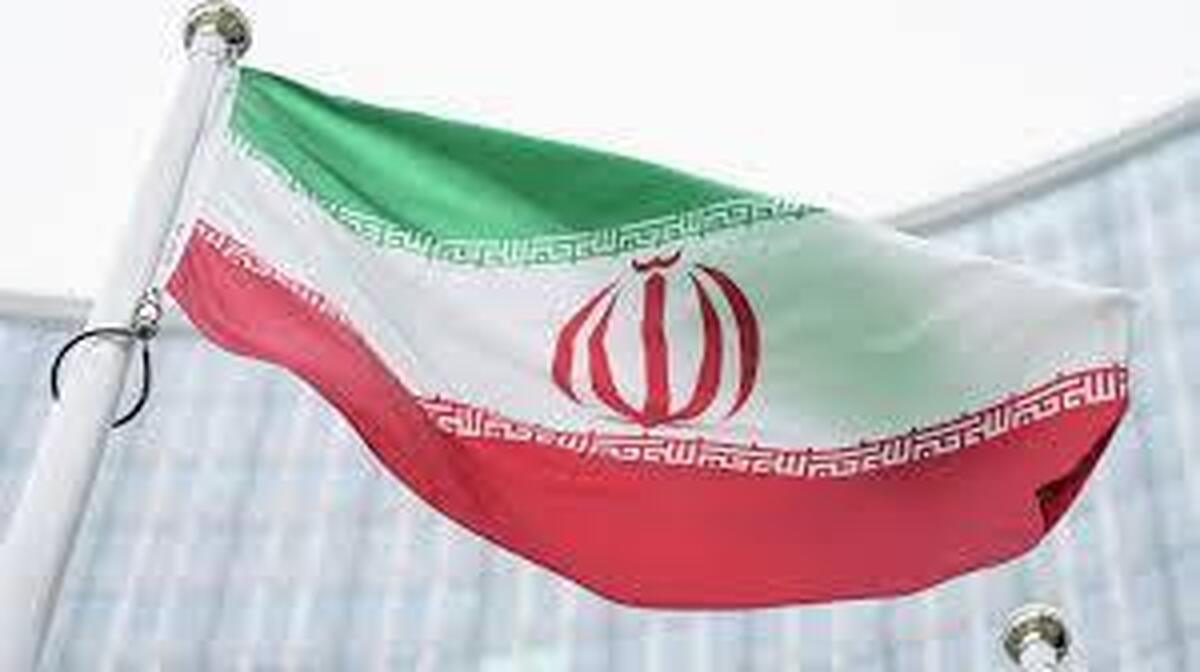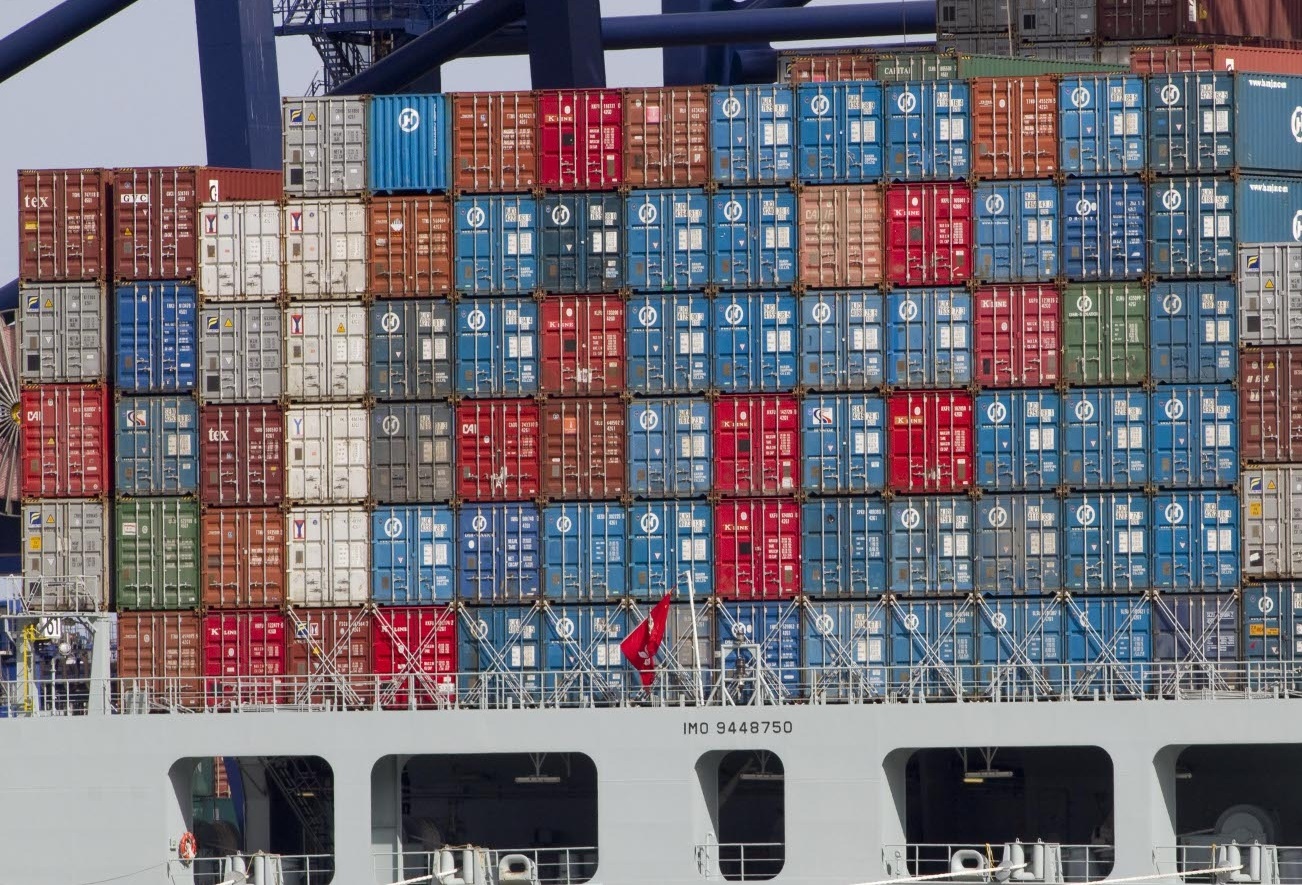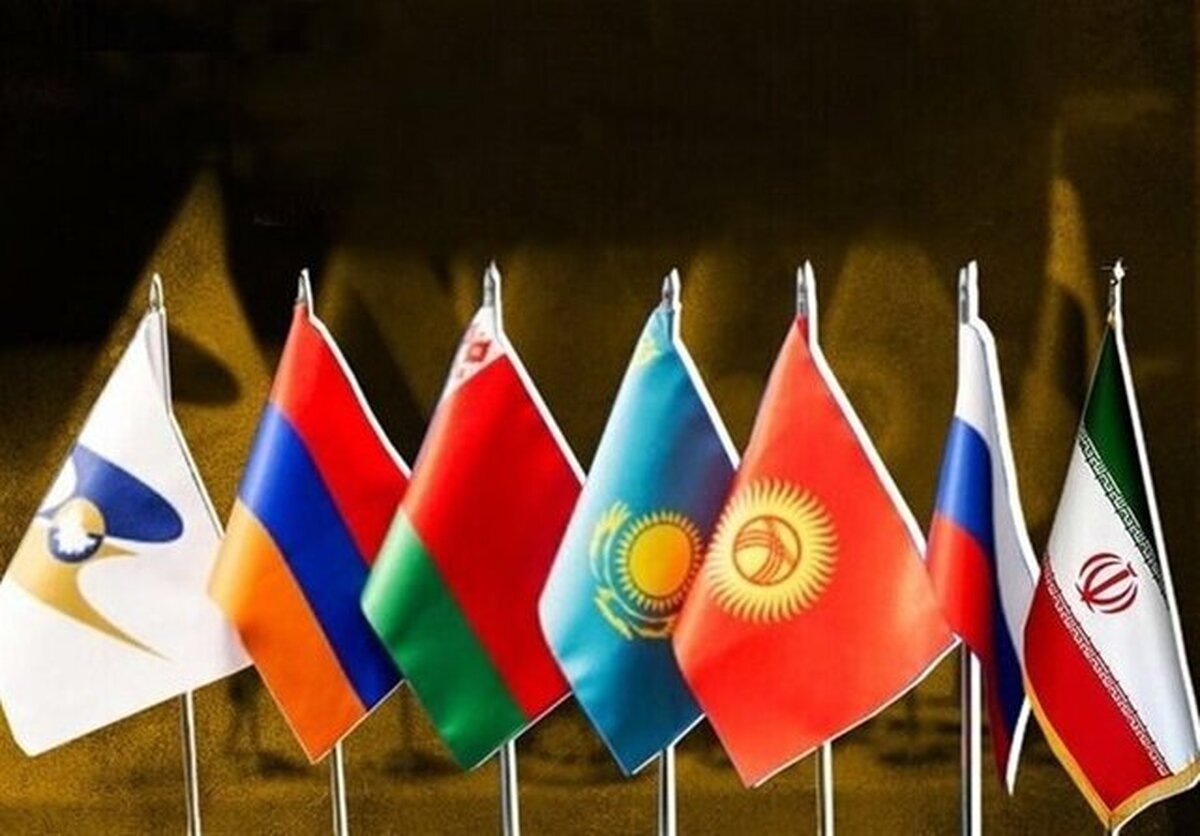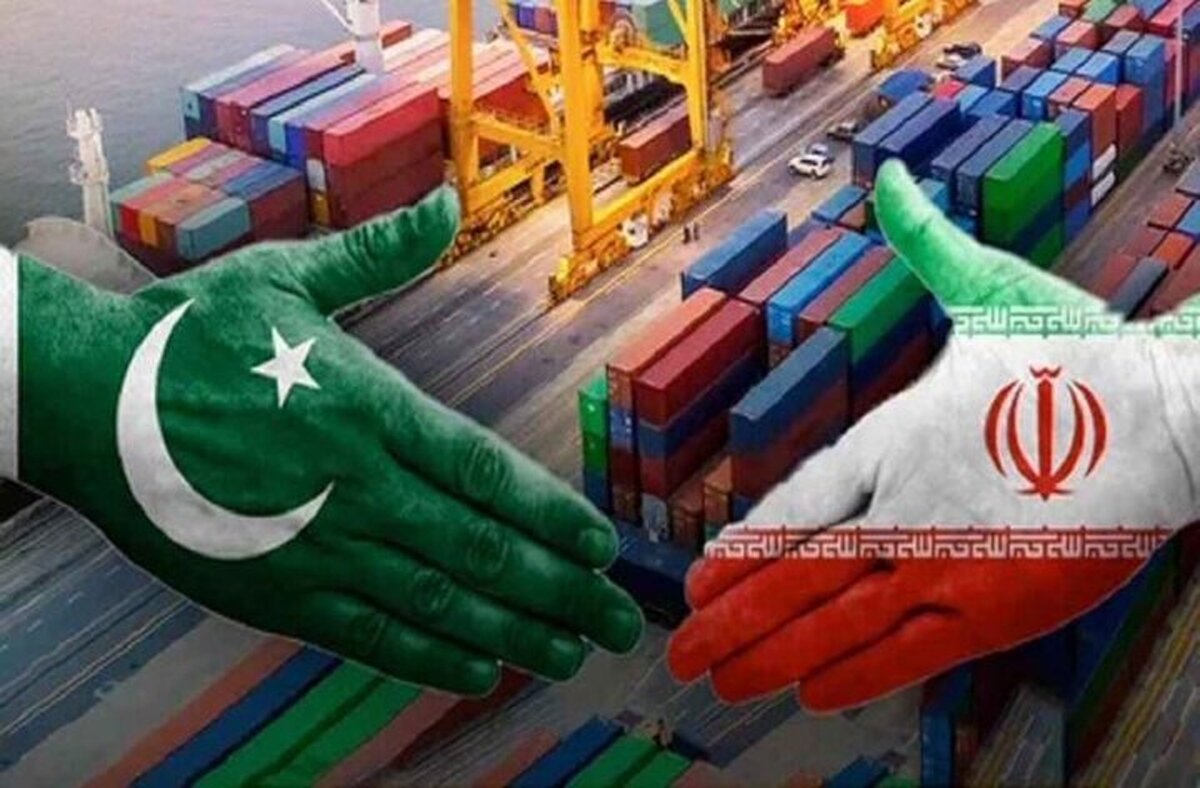
Iran, EAEU Finalize FTA Terms

EghtesadOnline: Officials of the Trade Promotion Organization of Iran and the Eurasian Economic Union will soon announce the end of talks by signing a memorandum in Tehran.
Iran and the Eurasian Economic Union have finalized the terms for a free trade agreement involving more than 7,500 types of commodities, says the head of the Iranian delegation negotiating with the Eurasian bloc.
“Over the past two years, we have held around 30 rounds of negotiations with representatives of the Eurasian side — some face to face and others online. At the end, we agreed on a 150-page deal, which is the most comprehensive trade agreement [Iran has had],” Mirhadi Seyyedi was also quoted as saying by Tasnim News Agency.
Noting that the agreement has the widest range of commodity coverage in terms of duties, he said officials from the Trade Promotion Organization of Iran and the Eurasian side will soon announce the end of talks by signing a memorandum in Tehran.
Reports say the deal will be signed in the final days of the ninth month of the current Iranian year (ending Dec. 21).
Iran and the Eurasian Economic Union had signed a three-year provisional agreement in Astana, Kazakhstan, on May 17, 2018, for the bloc to welcome Iran into EEU. The arrangement, which has lowered or abolished customs duties, is the first step toward implementing free trade between Iran and the five members of the union.
According to Seyyedi, Iran’s trade with EEU is mostly focused on agricultural products.
“Our imports mostly constitute cereals and oilseeds. In return, Iran exports apple, vegetable and greenhouse crops at zero tariffs,” he said.
He noted that EEU has agreed to include about 95% of its traded goods in the agreement.
“That includes almost all the types of goods exchanged between the two sides, except for those we are reluctant to import, such as agricultural machinery or dairy products,” he added.
The official said that since the preferential trade deal in 2018, bilateral trade has doubled between Iran and EEU from $2.5 billion to $5 billion a year.
“Never before have we had an agreement as inclusive as this [the prospective free trade deal with EEU]. Clearly, when the provisional agreement is upgraded to a free trade treaty, out foreign trade will get a considerable boost,” he said.
“With the conclusion of free trade talks between Iran and the Eurasian Economic Union, the two sides will most likely start exchanging goods with zero tariffs as of the next Iranian year [starting March 21, 2023],” Alireza Peymanpak, the head of Trade Promotion Organization of Iran, said recently.
Once the FTA comes into effect, a market as big as $700 billion will open up to Iranian products and services, he added.
EEU is an economic union of some post-Soviet states located in Eurasia. The Treaty on the Eurasian Economic Union was signed on May 24, 2014 by the leaders of Belarus, Kazakhstan and Russia, and came into force on January 1, 2015. Treaties aiming for Armenia's and Kyrgyzstan's accession to the Eurasian Economic Union were signed on October 9 and December 23, 2014, respectively. Kyrgyzstan participated in EEU from the day of its establishment as an acceding state.
The union has an integrated single market of 184 million people and a gross domestic product of over $1.9 trillion. It encourages the free movement of goods and services, and provides for common policies in the macroeconomic sphere, transport, industry and agriculture, energy, foreign trade and investment, customs, technical regulation, competition, and antitrust regulation.
“The Eurasian Economic Union and Iran are expected to arrive at a full-fledged agreement on creating a free trade zone in 2023,” Russian Economic Development Minister Maxim Reshetnikov was also quoted as saying by Interfax recently.
"We will already arrive at a permanent agreement on a free trade zone next year with a fundamentally broader reach and depth, since we understand that right now the conditions, situation and developed potential are really pushing us toward maximally deep cooperation," he said at the Second Caspian Economic Forum.
Over $2b Traded in 8 Months
Latest data released by the Islamic Republic of Iran Customs Administration show trade between Iran and the Eurasian Economic Union’s member states stood at 3.86 million tons worth $2.05 billion during the current Iranian year’s first eight months (March 21-Nov. 21).
Russia was Iran’s main trade partner among the countries under review with 2.62 million tons worth $1.48 billion. It was followed by Armenia with 617,605 tons worth 272.05 million and Kazakhstan with 560,878 tons worth $209.16 million.
Iran’s exports to EEU members stood at 1.91 million tons worth $895.85 million during the period.
Russia with 901,711 tons worth $466.54 million, Armenia with 612,782 tons worth $263.05 million and Kazakhstan with 344,787 tons worth $111.92 million were the top export destinations.
Imports hit 1.95 million tons worth $1.15 billion during the period.
Russia was also the main exporter to Iran with 1.72 million tons worth $1.01 billion. It was followed by Armenia with 216,090 tons worth $97.23 million and Belarus with 10,937 tons worth $26,549 million.
In 2021, trade between EEU and Iran increased by 73% compared to 2020, exceeding $5 billion, while exports of EEU member states more than doubled (from $1.65 billion to $3.42 billion), and imports went up by 29% (from $1.25 billion to $1.6 billion).




